NASA is working on a new Space Launch System (SLS), a powerful rocket and launch system built to transport and protect astronauts on a deep space voyage. The system will weigh upwards of six million pounds, and that weight will be propelled from zero to over seventeen-thousand miles per hour in just a few minutes after launch.
Though the system has undergone many computerized tests and trials, the process of constructing the rocket and launch system poses challenges beyond computerization. The system has to undergo extensive non-destructive testing before use.
The engineering team follows a strict set of steps when they begin work on a new component of the system in order to ensure that the product is flawless. When working on the SLS flight hardware, engineers use friction stir welding to bond the core state’s barrel segments, domes, and rings. This type of welding uses a fast pin that hits metal pieces until they are soft and ready to fuse together. The goal is to create a solid weld free of defects that beats the results that can be achieved with welding torches.
Before flight hardware is welded, small-scale test sections that measure two-feet long are created and used for analysis and testing. These panels are tested with ultrasonic testing, x-rays, and dye penetrant testing. At the microscopic level, they are inspected for cracks and fissures. Many adjustments are made throughout the testing processes and the creation of weld confidence articles. Parts alignment and heat transfer are considered as the materials are modified and tested.
These rigorous welding and testing procedures will ensure that the SLS is ready to withstand the demands of space travel when production is complete.

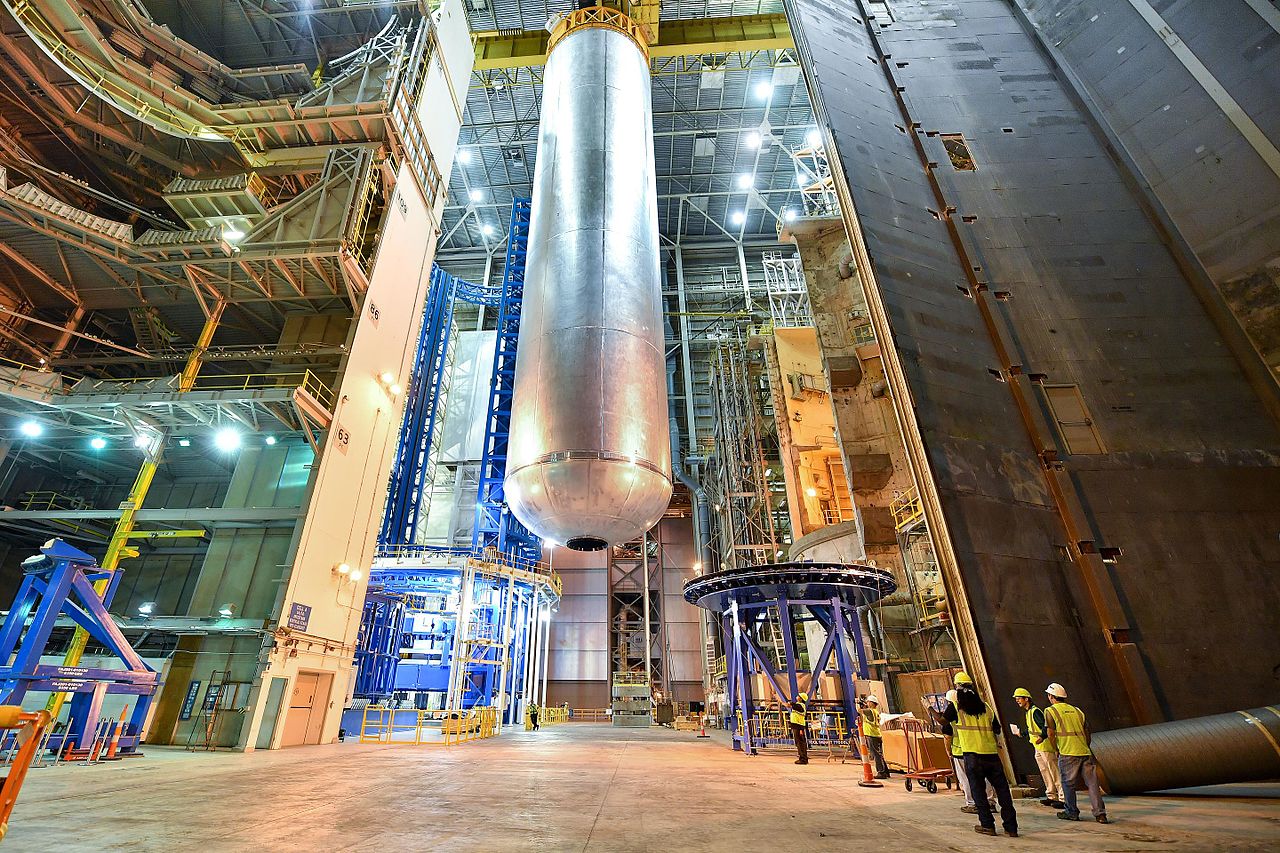
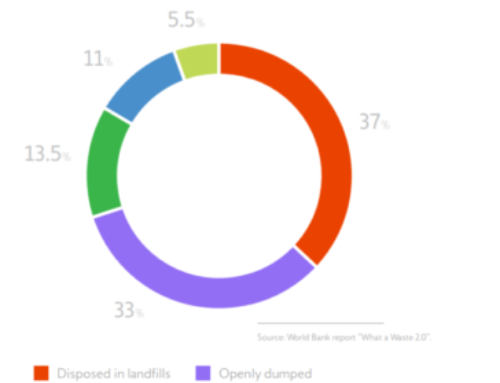
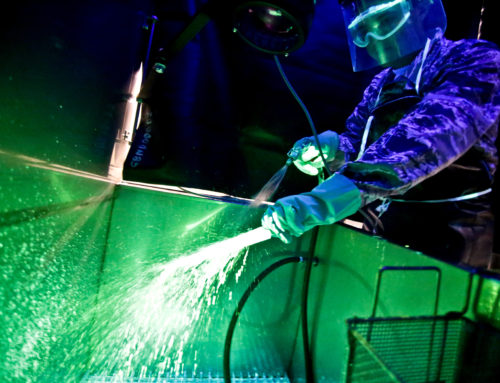

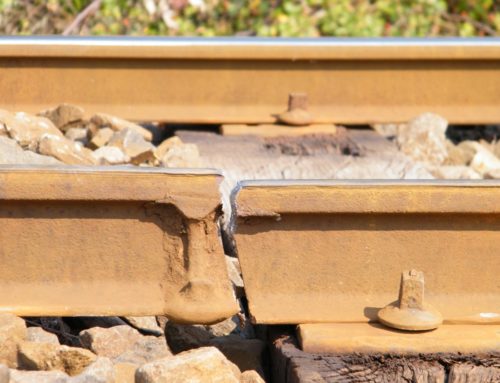
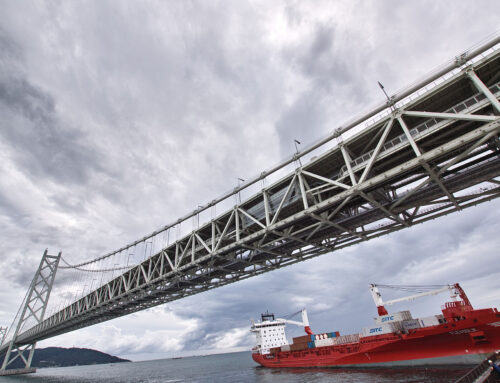
Leave A Comment